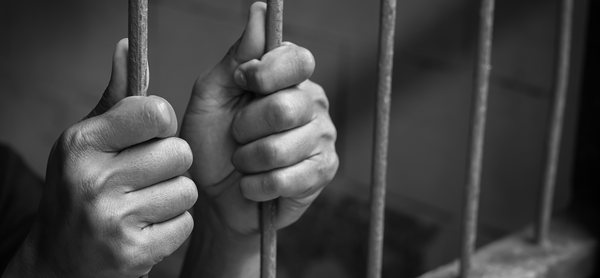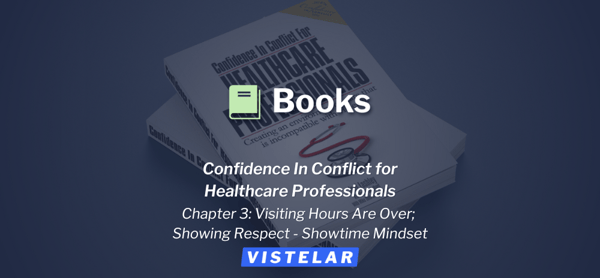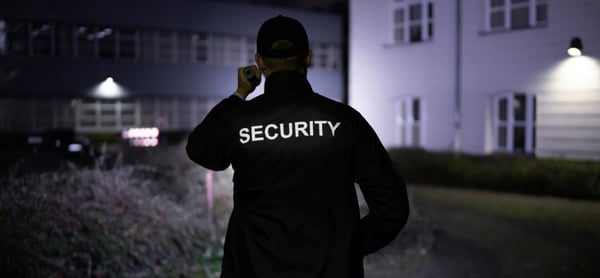The challenges of providing care and even for the basic human needs of mentally ill and cognitively disabled people are nothing new. Nor are the many well-meaning attempts to address this difficult and multifaceted problem. Still, in the present age of staggering advances in technology, medicine, physics, and a renewed exploration of space, we are struggling for answers about how best to manage...
Blog Posts of Joel Lashley
Joel Lashley has worked in public safety for over thirty years and, since 1991, has focused on healthcare security. Within healthcare, he has extensive firsthand experience in keeping the peace in hospitals, clinics and residential treatment facilities. Joel is the author of many articles on topics ranging from providing care for people with brain-based disorders and psychiatric challenges, to managing patient prisoners in private healthcare facilities. He is in demand nationwide for his expertise in creating environments of care and clinical relationships that are incompatible with violence, resulting in better and safer working conditions for caregivers and higher customer satisfaction levels for patients. As an award-winning educator and trainer, he has taught his principles for addressing healthcare violence (e.g., seven myths of healthcare violence, Crisis Interventions) to physicians, psychiatrists, nurses, healthcare security staff, social workers, law enforcement officers, corrections officers, residential care workers, and educators. Joel also provides training and consulting to healthcare professional organizations, hospitals and healthcare systems, crisis intervention training companies and law enforcement agencies, all of whom are concerned with the epidemic levels of violence in healthcare.
Good Doc, Bad Doc - Point of Impact Crisis Intervention
Enjoy this excerpt from one of our published books.
Respond as a Team or React Like a Mob: The importance of training
Everyday, hospital emergency departments (ED) receive patients and visitors experiencing extreme levels of emotional and/or physical trauma, whether it’s at a level one trauma center in Chicago or at a small critical access hospital (CAH) with less than 25 beds in the middle of America’s corn belt.
Visiting Hours Are Over; Showing Respect - Showtime Mindset
Enjoy this excerpt from one of our published books.
A Boy Named Green Bean: Creating Bully-free Environments in Schools
When he was four years old, the Rodríguezes’ son Manny was diagnosed with autism. Although that was difficult to hear, Mrs. Rodríguez felt relief when a diagnostician finally put a label on what appeared to be causing some Manny’s puzzling behaviors. One of those behaviors was perseveration, something Manny’s therapist described as “insistence on sameness.”
Gateway Behaviors Are Like Gateway Drugs
When I was in junior high school, we used to have to watch those corny “gateway drug” educational films. Do you remember those?
They followed a similar plot: Some clean-cut teenage boy would steal a beer from the family fridge; next we see him bowing to peer-pressure and puffing on a joint; soon he’s snorting cocaine at a wild party. Finally, he’s shooting heroin in some rat-infested alley....
Making Tough Decisions: How Training + Reporting Defends Your Actions
Everything Is Okay Now - Confidence In Conflict Book Excerpt
Enjoy this excerpt from one of our published books.
Chapter 2
Everything is Okay Now. Respond, Don't React
“Violence can only be concealed by a lie,and the lie can only be maintained by violence.”
-Aleksandr Solzhenitsyn
The security team arrived on the unit in just a few minutes, but the floor was already quiet. The call from dispatch said a nurse was being actively assaulted, so everyone...
How much danger am I in? — Confidence In Conflict Book Excerpt
Enjoy this excerpt from one of our published books.
Chapter 1
How Much Danger Am I In? Be Alert and Decisive
“Only human beings can look directly at something, have all the information they need to make an accurate prediction, perhaps even momentarily make the accurate prediction, and then say that it isn’t so.” -Gavin de Becker
How Campuses Can Use Training + Expectations to Aid Suicide Prevention
College campuses are crowded places. From dorms and lecture halls to gymnasiums and dining halls, college students spend those formative years shoulder-to-shoulder. Is it still possible to be lonely and isolated on a college campus? What are the signs of loneliness, if it’s something other than just being physically alone? Most importantly, why do campus workers need to know the signs of...












